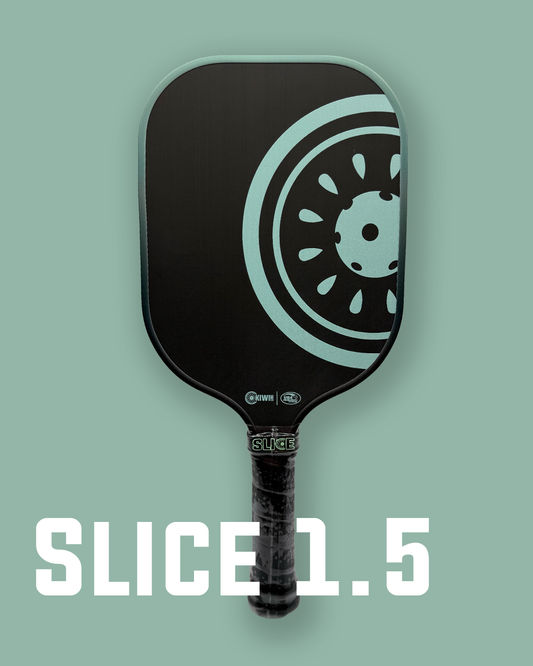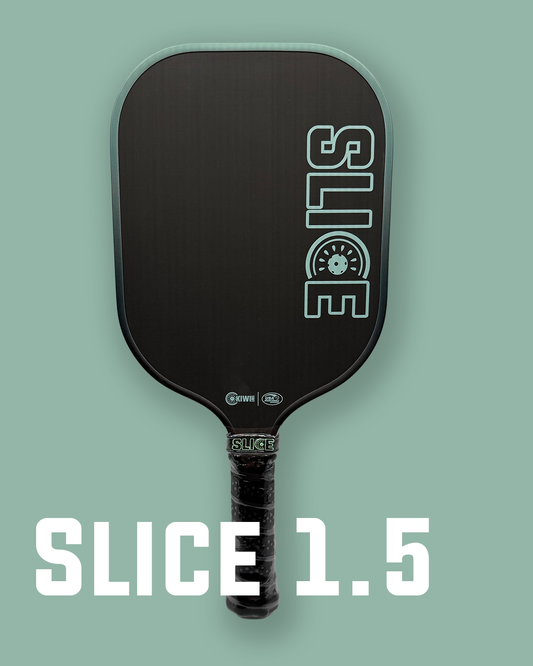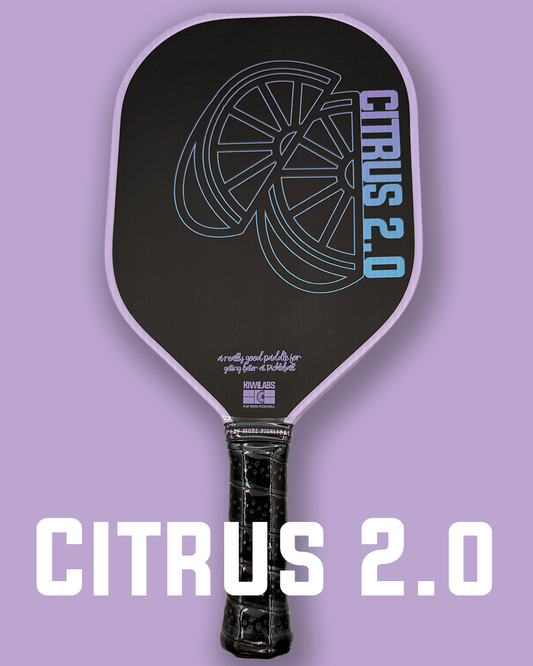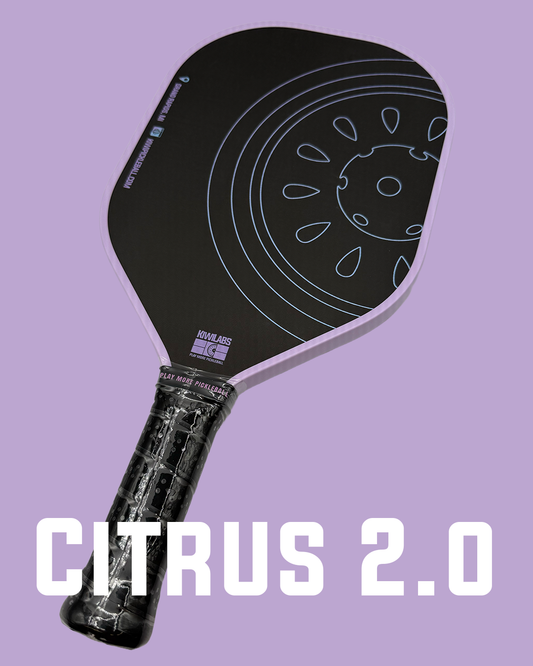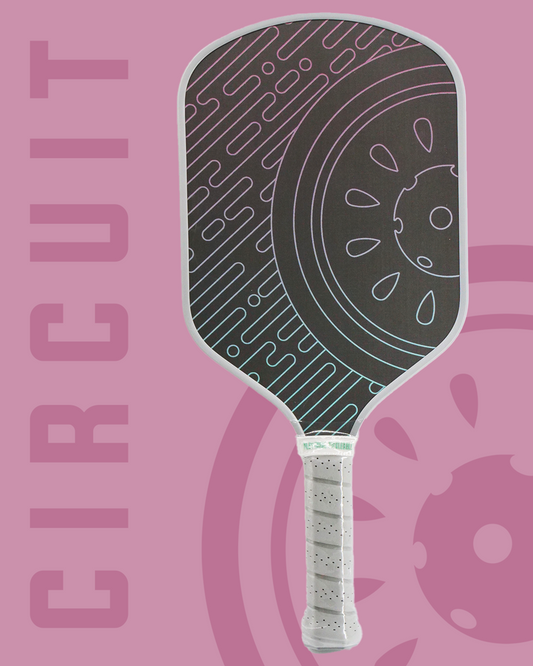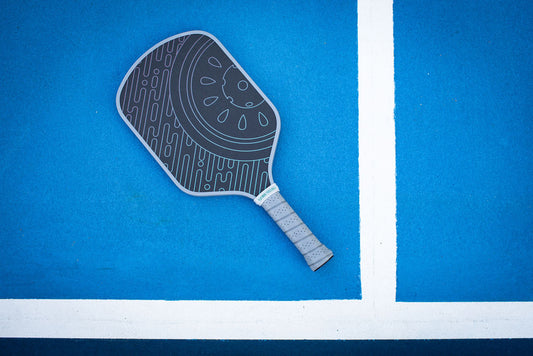Slice Pickleball Paddle Secrets Revealed: What Experts Don't Want You to Know About Elongated Designs
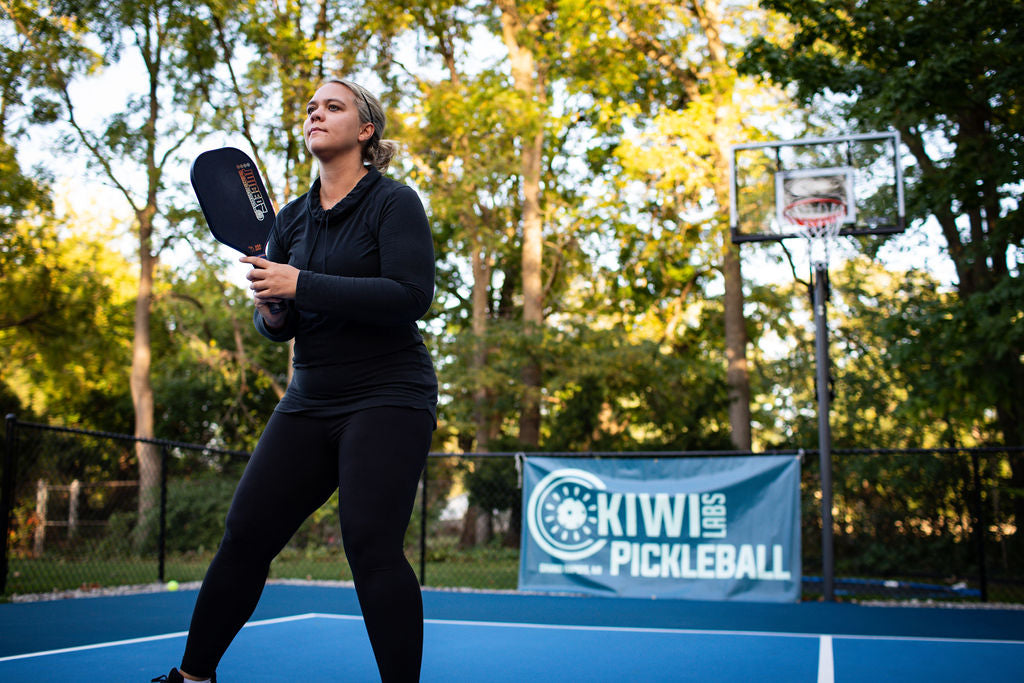
The pickleball industry loves to throw around terms like "elongated design" and "power generation," but here's what they're not telling you about the Slice paddle and elongated shapes in general. These aren't really "secrets", they're just physics and engineering trade-offs that most players never learn about.
Ready to cut through the marketing hype? Let's dive into what really matters when you're considering an elongated or hybrid paddle design.
SPOILER ALERT: The Slice Isn't Actually "Elongated"
Despite what you might read in product descriptions, the Slice paddle features a hybrid shape rather than a true elongated design. With dimensions of 16.2 inches in length and 7.7 inches in width, it sits right between traditional widebody paddles and fully elongated models.
This hybrid approach is actually brilliant engineering, it attempts to capture benefits from both paddle shapes while minimizing their biggest drawbacks. But understanding what this means for your game is crucial.
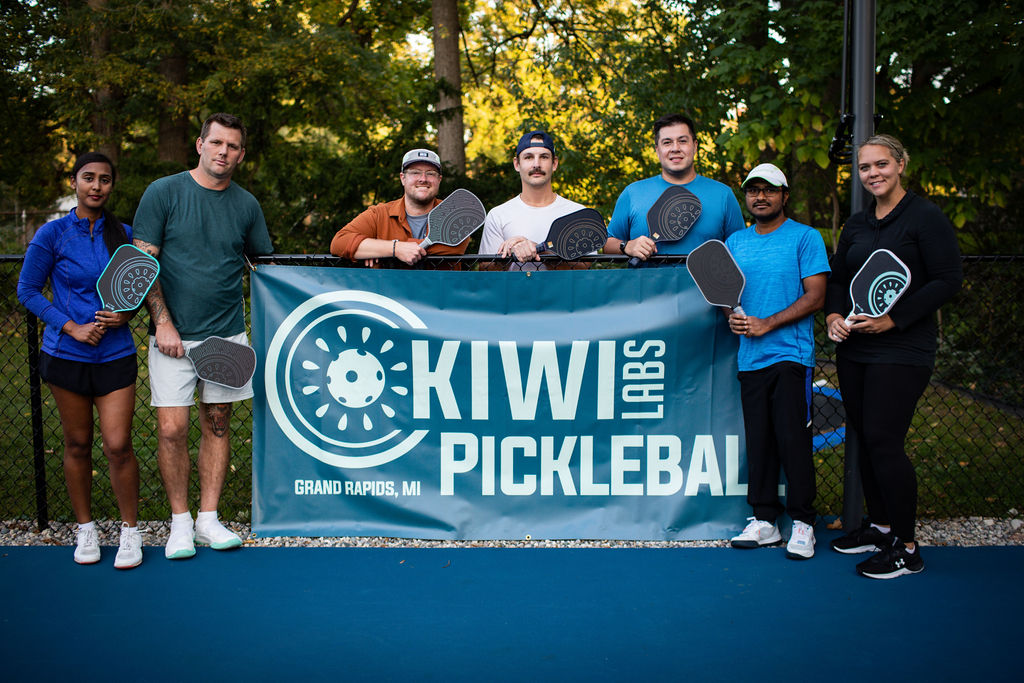
The Physics Behind Power Generation (It's Not Magic)
Here's the first "secret": elongated paddles don't generate more power through special materials or mystical engineering. It's pure physics.
Longer paddles provide a greater moment arm, that's the distance between your hand and where you strike the ball. This extended distance allows you to generate more torque and force when hitting, resulting in greater ball speed and power. Think of it like using a longer wrench to turn a bolt, the longer tool gives you more leverage.
Tennis players transitioning to pickleball often gravitate toward elongated shapes because they mimic the familiar feel of a tennis racket. The length doesn't feel as heavy to swing since they're already accustomed to heavier equipment.
The 24-Inch Rule: Why Manufacturers Make Tough Choices
Here's something most players don't know: paddles cannot exceed a combined length and width of 24 inches, with a maximum length restriction of 17 inches. This creates a zero-sum game for manufacturers.
If they create a 17-inch paddle, the maximum width allowed is only 7 inches. This dimensional constraint forces elongated paddle designers to sacrifice width for length, which directly impacts the sweet spot size and shape.
The Slice's 16.2-inch length allows for that 7.7-inch width, a strategic compromise that maintains more hitting surface than pure elongated designs.
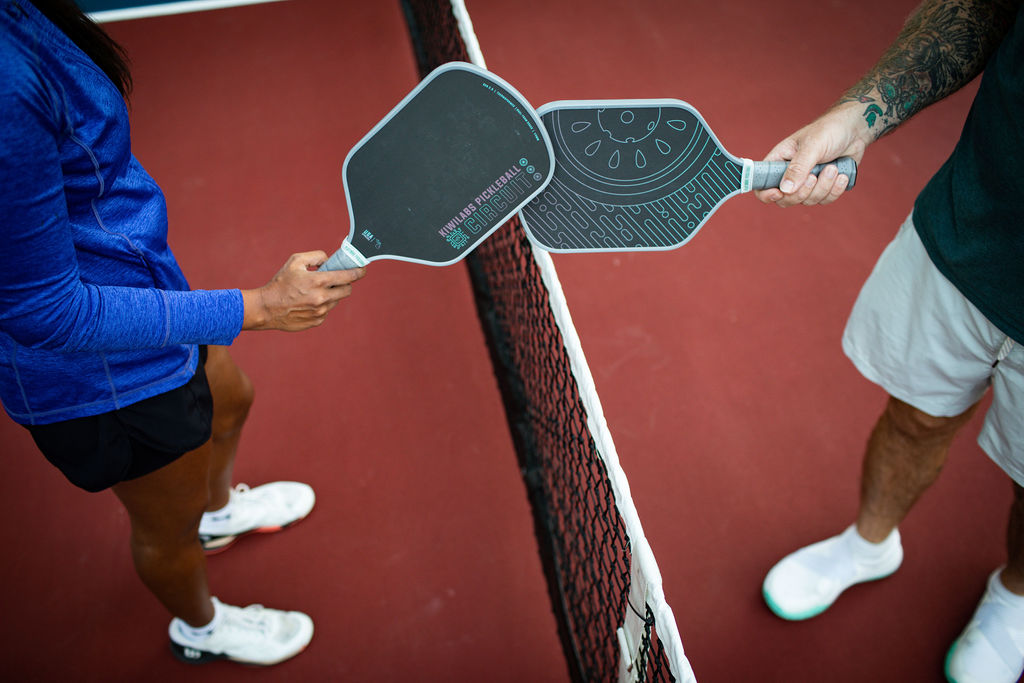
The Real Trade-Offs You're Making
Sweet Spot Reality Check: Elongated paddles have smaller sweet spots positioned higher up on the face. This isn't a design flaw, it's physics. The longer shape concentrates the optimal hitting zone into a smaller area, meaning off-center hits result in less consistent ball control and power transfer.
Maneuverability Challenges: Longer paddles feel heavier and harder to swing compared to other shapes, even when their actual weight is similar. This reduced maneuverability particularly affects quick exchanges at the net where split-second reactions matter most.
Handle Length Advantage: Here's one genuine benefit that often gets overlooked, elongated designs accommodate handles exceeding 6 inches in length. You'll rarely find this in other paddle shapes because it would sacrifice too much face area. Players with larger hands find this particularly valuable.
Inside the Slice: Construction Details That Matter
The Slice incorporates modern thermoformed construction with T700 carbon fiber unibody design and foam-injected edges. At 16mm core thickness and 20mm total thickness, it falls into the sweet spot for moderate vibration dampening.
Key Specifications:
- Weight: 7.8-8.4 ounces
- Swing weight: 114-116
- Twist weight: 6.6
- Grip circumference: 4.2 inches (recently reduced to accommodate more players)
These numbers aren't just marketing specs, they directly impact how the paddle feels and performs in your hands.

Who Should Actually Choose Elongated or Hybrid Shapes?
Beginners, Listen Up: Most beginners struggle with elongated paddles due to their smaller sweet spots and reduced maneuverability. If you're just starting out, you'll likely find more success with a wider paddle shape that offers more forgiveness on off-center hits.
Experienced Players: These shapes suit experienced players who can consistently hit the sweet spot and value the extra reach and power generation. The hybrid shape of the Slice attempts to make elongated benefits more accessible by maintaining a wider face than pure elongated designs while still offering extended reach.
Tennis Background Players: If you're coming from tennis, you might naturally gravitate toward longer paddles since they feel familiar. Just remember that pickleball requires more finesse and control than power, especially as you advance.
The Control vs. Power Spectrum
Here's what paddle companies rarely explain clearly: every paddle design exists somewhere on the control-versus-power spectrum. Elongated and hybrid shapes generally favor power generation over precise control.
The Slice's hybrid design attempts to balance both, but physics still applies. You're getting more power potential than a wide-body paddle but less than a pure elongated design. Similarly, you're getting better control than a full elongated paddle but less precision than a traditional shape.
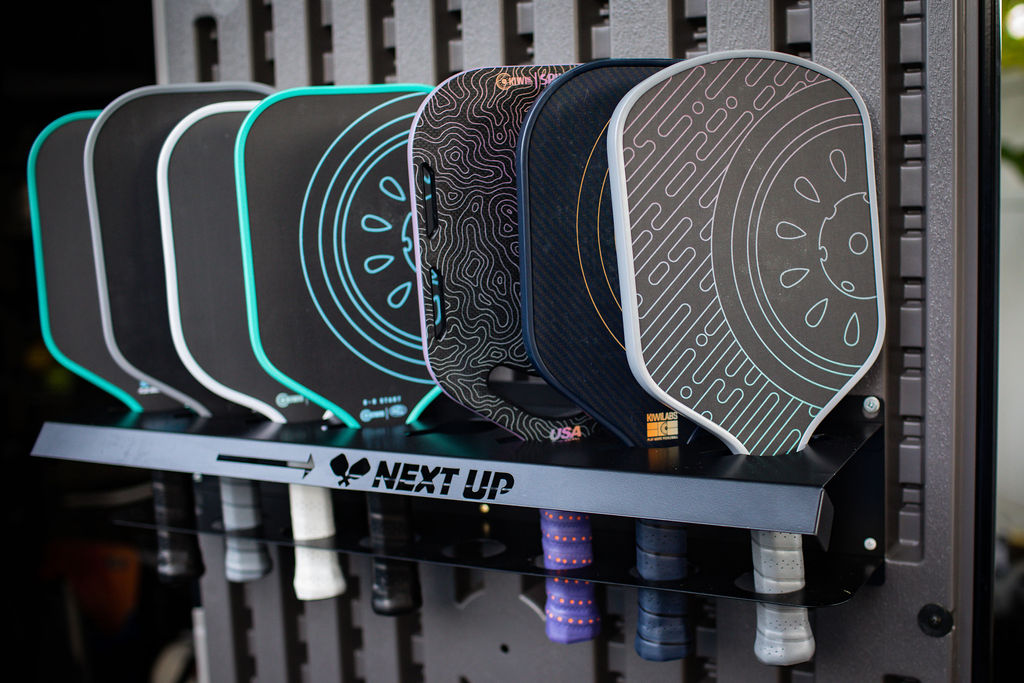
Making the Right Choice for Your Game
Ask Yourself These Questions:
- Can you consistently hit the sweet spot on your current paddle?
- Do you prioritize power over control in your playing style?
- Are you comfortable with reduced maneuverability at the net?
- Do you have the hand-eye coordination to handle a smaller margin for error?
If you answered "yes" to most of these questions, an elongated or hybrid design like the Slice might enhance your game. If you answered "no" to several, you'll likely perform better with a more traditional paddle shape.
NOT SURE? Consider starting with a demo or rental program before committing to any elongated design.
The Bottom Line: No Paddle Is Perfect
The real "secret" about the Slice and elongated paddles in general is that they're specialized tools: not universal upgrades. They excel in specific situations for certain player types while creating challenges for others.
Understanding these physics-based trade-offs rather than relying on marketing claims allows you to select the paddle shape that genuinely matches your skill level and playing preferences. The Slice's hybrid approach makes it more accessible than pure elongated designs, but it still requires the right playing style and skill level to truly shine.
Whether you choose the Slice or any other paddle design, remember that consistent practice and proper technique will improve your game more than any equipment upgrade. The paddle is just a tool( your skills determine how effectively you can use it.)

